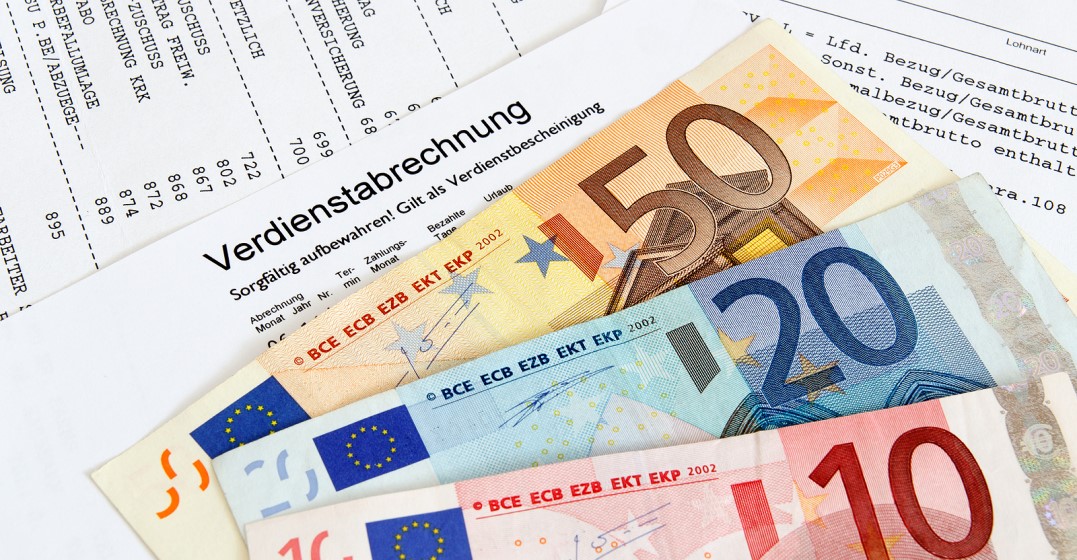German payslips explained
Published on August 7, 2020 / Updated on January 8, 2024
So you’ve been paid by your new German job – hooray! But the payslip is full of confusing acronyms and words you haven’t seen before. Don’t stress, let’s walk through it together.
If you haven’t quite made the decision to move to Germany yet, make sure you get full salary details from your prospective employer, and ask the Human Resources or Finance department to give you an estimate of your after-tax paycheck. It’s hard to judge these deductions in a country you’ve never lived in before, and it can mean avoiding a rude shock when you get that first pay packet. Knowing your estimated monthly take-home pay will allow you to budget for your new life, find the right flat, and more.
There are about six sections to a typical German payslip. At the top, you’ll find your personal information, like your name, date of birth, and how long you’ve worked for the company. The following section deals with your salary and any pension or car allowances. Underneath, there are two boxes covering your tax deductions, including health insurance. Finally in the bottom third you’ll find your statement of earnings, the details of the bank account it’s being deposited into, and any non-taxable payments, as well as your net pay.
A lot of these details are expected, but there are a couple of things that may trip you up the first time you see your payslip.
This is important to check, because nearly everyone I know has been put in the wrong tax class at the beginning, and it can make a big difference to your net pay. There are different classes for people with dependents at home including children and non-working spouses. If your partner works, there is a different tax class for that. If it’s just you in your household, that’s also another tax class. Be sure to double check with your employer’s Finance department you’ve been put into the right one.
It was an odd experience when we agreed to move to Germany, and one of the first questions from my husband’s manager was whether we went to church. Whoa, sorry what? It seemed like an incredibly personal question! But what he wanted to know what whether we would be paying church tax. This is a non-trivial 8% or 9% depending on which state you live in, but if you are planning to get married or baptise a child in a church, you will be expected to be paying this tax.
This is 5.5% of your tax which goes towards rebuilding the former East Germany. This surcharge has been hotly debated, and in 2021 most taxpayers will stop paying it, with only the top 3.5% of earners continuing to contribute.
When you look at your payslip, it may be confusing to figure out which deduction exactly is your income tax. In Germany, these are divided between a wage tax and an income tax. The Lohnsteuer is the wage tax, which is calculated based on your salary. The Einkommensteuer is the complete income tax, which would take into account any other revenue sources, for instance if you owned a rental property or freelanced on the side.
Your health insurance is going to be another big number on your payslip. However, it looks a little confusing, because if you are on public health insurance, you pay 50% and your employer pays 50%. It will probably look something like AG Anteil and AN Anteil on your payslip. If you are on private health insurance, you will only see the AG Anteil, as your employer pays half but you pay the other half yourself out of your bank account, rather than taken off your pay.
